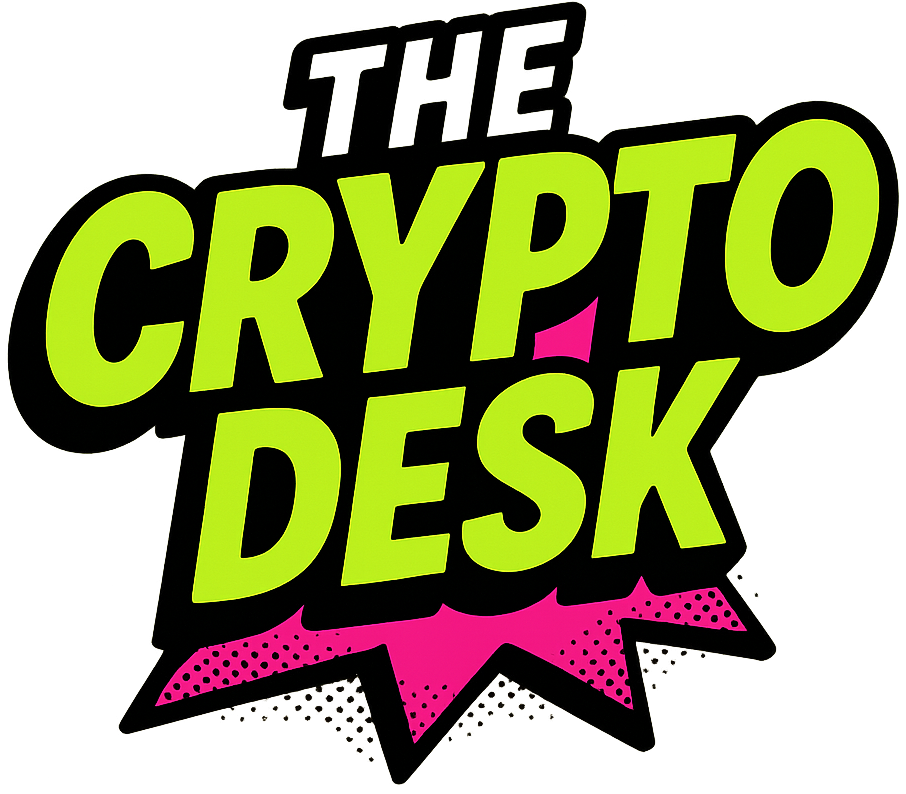### Brazil’s Itaú Unibanco Sets Its Sights on a Stablecoin Launch
In the ever-evolving landscape of cryptocurrency, Itaú Unibanco, Brazil’s largest bank with a customer base exceeding 55 million, is making waves by exploring the development of its very own stablecoin. As the world of digital currencies continues to mature, this initiative positions Itaú at the forefront of banking innovation. The bank’s digital assets chief, Guto Antunes, shared insights during a recent event in São Paulo, hinting at the transformative potential of stablecoins for seamless financial transactions.
### 📌 Why This Matters: The Significance of Itaú’s Move
With the introduction of stablecoins, financial transactions could become more streamlined, secure, and efficient, minimizing the risks associated with fraud. For a country like Brazil, where the crypto market is burgeoning, this move underscores the importance of regulatory frameworks in shaping the future of finance. Itaú’s potential stablecoin could enhance user experiences and encourage broader adoption of digital currencies.
### 🏦 Itaú’s Strategic Approach to Stablecoins
Amidst this exploration, Itaú is adopting a methodical approach, prioritizing compliance while it awaits Brazil’s central bank’s regulatory framework. This cautious stance comes as Brazil evolves its policies on digital currencies, particularly under Public Consultation No. 111, which could impose restrictions on the operation of stablecoins within the country.
Antunes highlighted the core advantages of stablecoins—namely atomic transactions. These transactions, which are final and irreversible, could significantly reduce fraud risks, paving the way for a more secure financial environment. By mirroring the value of established currencies like the U.S. dollar, stablecoins combine stability with the inherent benefits of blockchain technology, such as speed, transparency, and security.
### 🔥 Expert Opinions: Navigating the Regulatory Landscape
The evolving regulatory landscape poses both challenges and opportunities for Itaú. As the U.S. government shifts towards a preference for private stablecoins over central bank digital currencies (CBDCs), this dynamic has sparked global interest, including from major financial players like Itaú. The decision-making process of Brazil’s Central Bank will be pivotal in determining the future scope of Itaú’s stablecoin, particularly concerning key aspects such as the ability to transfer foreign currency-backed stablecoins to self-custodial wallets.
### Major Regulatory Changes on the Horizon
Public Consultation No. 111 seeks to enhance oversight of virtual asset service providers (VASPs). A particularly contentious point within the proposal is a possible ban on stablecoin withdrawals to self-custodial wallets, which could substantially alter the operating framework for digital asset transfers in Brazil. This move could have significant implications, especially considering that stablecoins represented a staggering 71% of crypto transactions in Brazil as of late 2024.
### 🚀 Future Outlook: Itaú’s Stablecoin Impact and Beyond
As Brazil’s cryptocurrency adoption grows—evidenced by the Internal Revenue Service reporting $4.2 billion in crypto transfers in September 2024—it’s clear that stablecoins could play a vital role in this financial evolution. With Itaú keeping a close watch on international developments, the success of its proposed stablecoin could herald a new era of financial inclusion for millions of Brazilians.
Moreover, the long-term viability of the U.S. stablecoin market, propelled by the dominant performances of USDT and USDC, demonstrates a promising path forward for similar initiatives globally. With major financial institutions, such as Fidelity, venturing into the stablecoin arena, the competition is heating up. All eyes will be on how Itaú navigates these waters, potentially shaping the future of banking not only in Brazil but across Latin America.
### Closing Thoughts: The Road Ahead for Itaú and Brazilian Finance
Itaú’s exploration of a stablecoin is a significant step as Brazil grapples with regulatory frameworks surrounding digital currencies. How the bank adapts to regulatory changes will likely dictate its success in this endeavor. There is much at stake—not only for Brazil’s financial landscape but for the future of digital currency adoption worldwide.
As this narrative unfolds, the question remains: will Itaú’s stablecoin catalyze a broader acceptance of digital currencies among the Brazilian populace, or will regulatory constraints hinder its potential? Join the conversation and share your thoughts below!
### Frequently Asked Questions (FAQs)
**How might Itaú’s stablecoin integrate into Brazil’s existing banking infrastructure?**
Itaú’s stablecoin could seamlessly connect digital assets with traditional banking systems, easing transfers between conventional accounts and crypto holdings while ensuring regulatory compliance.
**Will the stablecoin be available to everyday users or just institutional clients?**
While Itaú has not disclosed specific target markets, it’s likely that initial offerings will cater to larger institutional clients, with retail access potentially expanding as regulations clarify.
**Could Itaú’s stablecoin support programmable payments?**
Yes, the stablecoin could interact with smart contracts, enabling automated payments for various applications including bills, salaries, and supply chain transactions—transforming how industries in Brazil conduct business.

